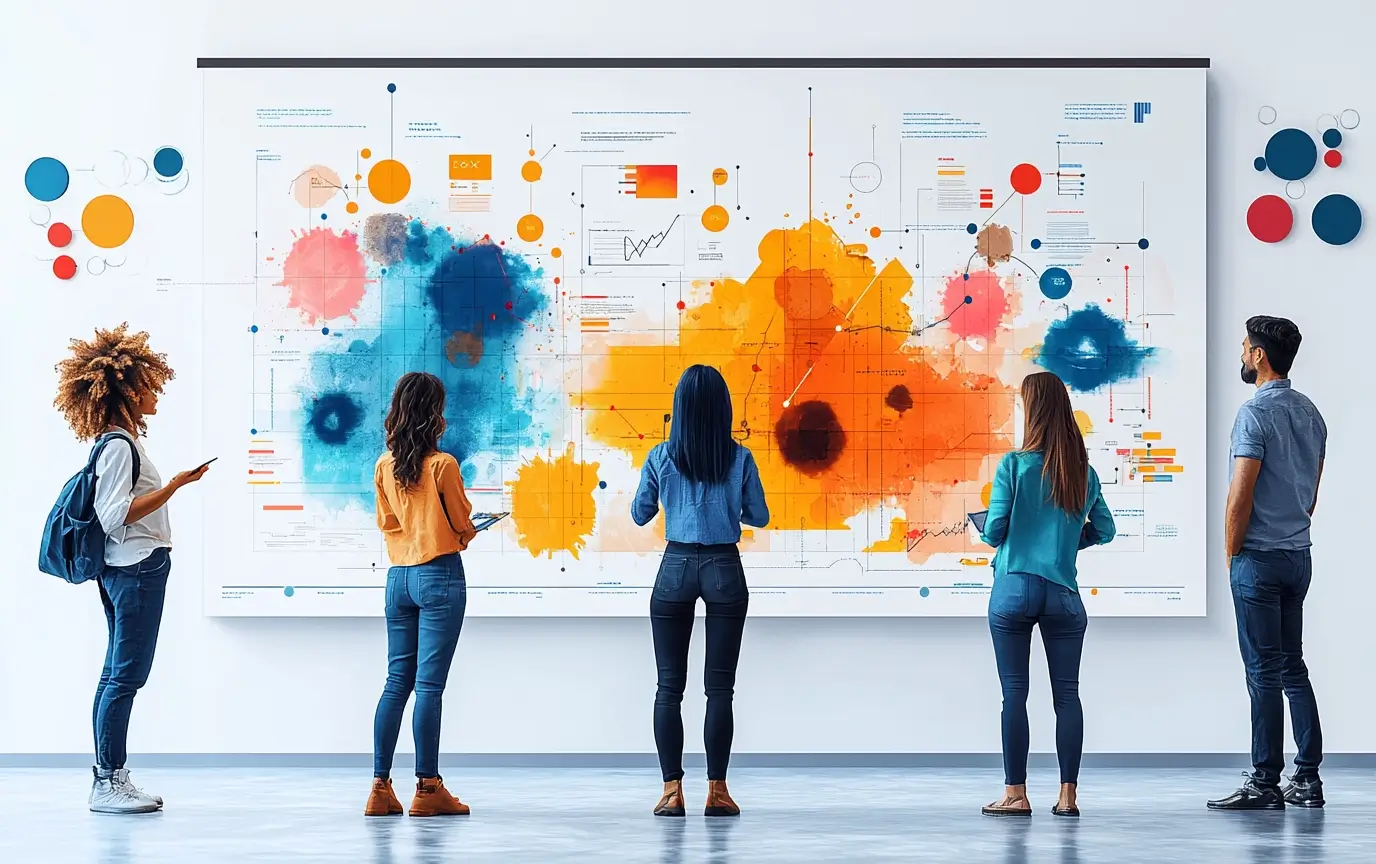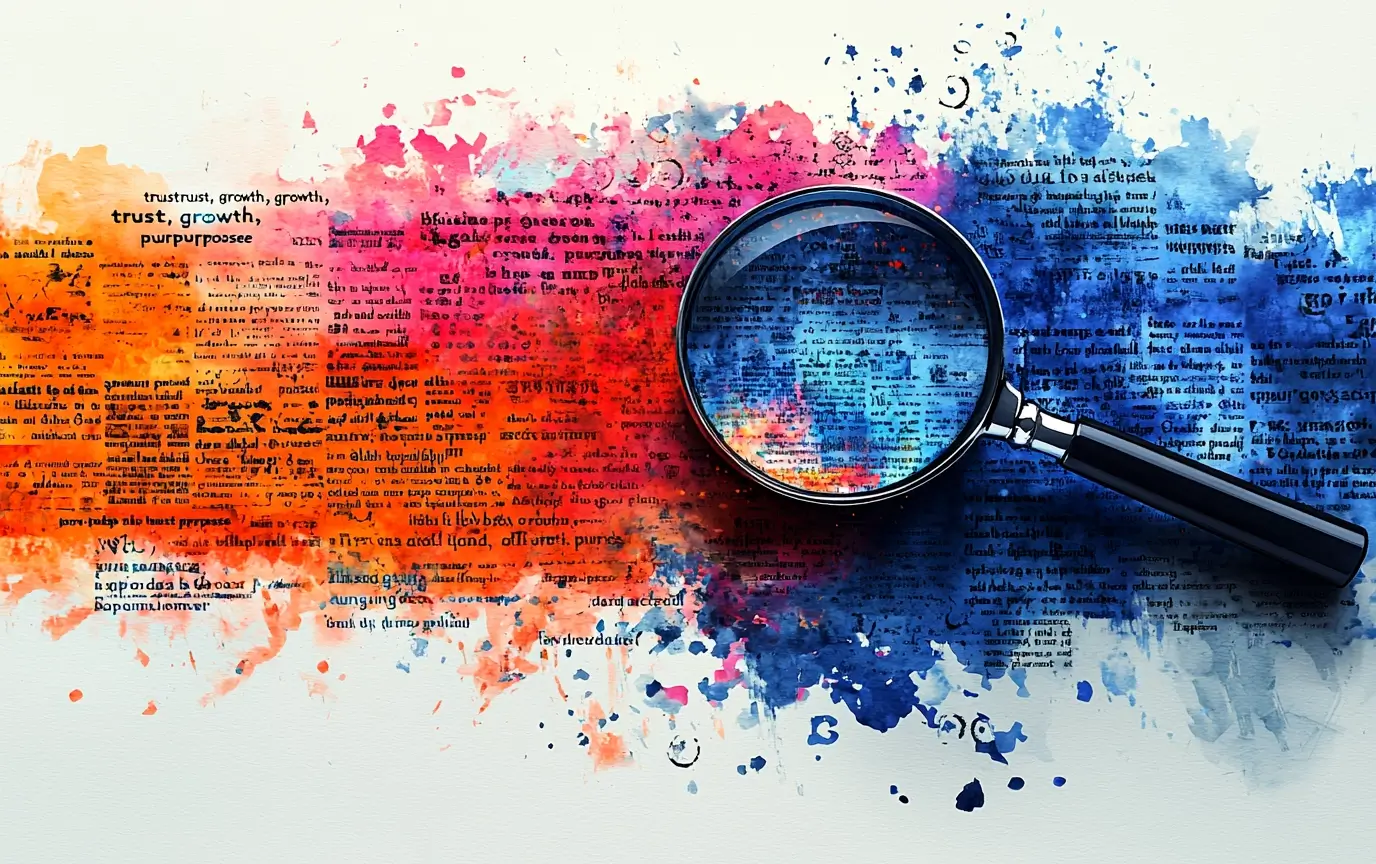The HUMANS Framework

Rules and policies are created to drive or enforce behavioral changes on a large scale. Often, policies are created without considering the behavioral factors that affect decision-making. There are three factors that influence behavior that always need to be considered:
- Mental bandwidth: We have limited cognitive resources, so we rely on mental shortcuts to make decisions.
- People are social: We tend to look to others for guidance on our behavior and use this as a compass for what is acceptable.
- Environmental factors: Decision-making is not always linear and consistent. We tend to change our behavior depending on the context in which we must decide.
Failure to address these factors can result in poor engagement and uptake. In this article, we will discuss how you can ensure you are considering these three factors using Christian Hunt's "HUMANS" framework from his book, "Humanizing Rules."
Hunt notes that the HUMANS framework should not be used as a manifesto, but rather as a guide to help rule makers put themselves in the shoes of the individuals the rules are designed for.

H - Helpful
Ask yourself: “How helpful will individuals perceive this change to be?”. As human beings, we are always looking for the easiest path, and for that reason, we want to understand how changes can benefit us. If you position a change as beneficial to the company, the rule you are trying to implement may fall flat.
For example, let’s say you introduce a mentorship policy to help your organization track growth and request that all employees fill out a form weekly. Not only does it add to the workload, but the employee also does not see the benefit for themselves. As a result, employees may fill out the form half-heartedly, and the data you seek is still missing.
You may have better luck collecting productive responses if you reframe the goal as a tracker that will help the employee keep track of their accomplishments for future promotions and increase reviews. This change will now feel personally beneficial, increasing the likelihood of adoption.
Take practical action by conducting a benefit analysis survey which allows you as the policymaker to gauge how employees perceive the benefits of the change. This feedback can help inform your policy and help you make any necessary adjustments before implementation. It can also inform your communication strategy and assist you in directly highlighting the personal benefits for the employee.
U - Understanding
Ask yourself: “Do people understand what is required of them, and do you as the rule maker understand why you are asking for the change?” Often, when creating policies, there's a tendency to use elevated language when what's more important is clear and easily digestible information.
The second question helps ensure that individuals know the policymakers understand what they are asking for. If individuals think that they are being asked to change their behavior just for the sake of it, they are more likely to be disengaged. Leading changes with transparency can improve adoption.
To ensure easy understanding of policies, be sure to include practical examples where possible. Additionally, you can set up feedback channels that will allow individuals to ask any questions or express concerns about the policy. By regularly reviewing and addressing these queries can foster a better understanding of the policy.
M - Manageable
Ask yourself: “Do people have the ability to complete the desired behavior?”. According to BJ Fogg's model of behavior, behavior is a product of motivation, ability, and triggers. In simple terms, when people do not have the ability to complete a task, they must be highly motivated for the desired behavior to occur. Often, change is met with low motivation, and it's the rule-maker's responsibility to ensure that the change follows the path of least resistance. So, if the policy you're implementing is complex and disrupts the typical flow of work, compliance will be difficult.
For example, you notice a productivity deficit and decide to roll out a policy that requires employees to fill out timesheets on a new system to help you understand how employees use their time. This tracking mechanism can disrupt the flow of work and have unintended consequences like further decreasing productivity levels. If you believe this is the only solution, you need a plan in place to increase the employee’s ability to complete this action.
To mitigate any risk, you can share a capacity assessment before introducing the policy. This will help you understand if individuals have the necessary tools, time, and training. If you have the time, it may be worthwhile to pilot the changes on a smaller group to help identify any pain points or challenges before implementation.
A - Acceptable
Ask yourself: “How will the individual feel if you impose this change?”. This question addresses emotions that unconsciously drive our behavior. Policymakers often overlook this, assuming that individuals affected by the policy are obligated to follow the new rule, even if it feels unfair. Structuring policies and rules in a way that leaves people feeling negative can lead to disengagement.
For example, you notice a decrease in productivity during work-from-home (WFH) hours, so you implement a new policy heavily regulating WFH. Employees have grown accustomed to WFH flexibility and feel the change is unfair. This can lead to unintended consequences on culture and employee retention. During this change, employees may experience reactance, which states that individuals tend to act against advice when they feel their freedom of choice is threatened. This question helps policymakers empathize with those affected by the policy.
To help you understand the impact of the policy, you can conduct an emotional impact survey to understand how individuals are feeling about the change. You can use these results to iterate and amend policies.
N - Normal
Ask yourself: “Is this rule in this setting normal?”. Context is a major factor affecting decision-making, and as a rule-maker or policymaker, you need to understand if the change you are implementing is standard in your environment.
Continuing from the WFH example above, if the policy was created before COVID-19, it would be considered normal because the world had never experienced a shutdown. During the pandemic, employees were forced to WFH, and some companies thrived. Currently, WFH is not considered a benefit but rather a new norm. This question helps policymakers understand that context is an important factor in adoption, forcing rule-makers to be creative and find solutions that align with the new norm.
Before implementing a policy, you can conduct a contextual analysis to study industry benchmarks and wider social context to determine what is considered “normal” in the given context. It is your responsibility as a policymaker to continuously monitor shifts in societal norms or industry standards and adapt policies to remain relevant.
S- Salient
In conclusion, crafting effective policies that are adopted and endorsed requires a nuanced understanding of human behavior and the factors that influence it. The HUMANS framework, as explained by Christian Hunt in his book "Humanizing Rules," provides a comprehensive guide for policy makers to navigate this complex landscape.
By considering the HUMANS principles - Helpful, Understanding, Manageable, Acceptable, Normal, and Salient - policy makers can ensure their rules resonate with individuals, increasing the likelihood of successful implementation.
Check Renascence's Signature Services

Behavioral Economics
Discover the power of Behavioral Economics in driving customer behavior.

Mystery Shopping
Uncover hidden insights with our mystery shopping & touchpoint audit services.

Experience Design
Crafting seamless journeys, blending creativity & practicality for exceptional experiences.
Experience Loom
Discover the latest insights from industry leaders in our management consulting and customer experience podcasts.
The Naked Customer. Episode 3. Customer Loyalty, Brand Loyalty & CX
In this episode of The Naked Customer Podcast, host Aslan Patov is joined by JD Ackley, CEO of RAIZOR AI, to explore the evolving role of AI in customer experience (CX) and its impact on automation, job security, and creativity.
In this episode of The Naked Customer Podcast, host Aslan Patov is joined by Mark Hamill, CEO & Co-founder of ARCET Global, to explore the evolution of Customer Experience (CX) and its growing role in business transformation.
In this episode of The Naked Customer Podcast, host Aslan Patov is joined by Mark Hamill, CEO & Co-founder of ARCET Global, to explore the evolution of Customer Experience (CX) and its growing role in business transformation.
In this episode of The Naked Customer Podcast, host Aslan Patov is joined by JD Ackley, CEO of RAIZOR AI, to explore the evolving role of AI in customer experience (CX) and its impact on automation, job security, and creativity.
Experience Journal's Latest
Stay up to date with our informative blog posts.
%20in%20Healthcare.%20A%20Cure%20for%20Patient%20Pain%20Points.webp)
Customer Experience (CX) in Healthcare: A Cure for Patient Pain Points
%20Trends%20in%202026.%20What%20to%20Expect.webp)
Digital Transformation (DT) Trends in 2026: What to Expect

Behavioral Economics for Business: How Companies Use It Every Day
%20How-To.%20Practical%20Tips%20That%20Work.webp)
Employee Experience (EX) How-To: Practical Tips That Work
.webp)
The Critical Factors Influencing Employee Experience (EX)
%20Jobs.%20How%20To%20Succeed%20in%202025.webp)
Remote Employee Experience (EX) Jobs: How To Succeed in 2025
%20for%20SMEs%20in%20the%20Middle%20East.%20What%20Works%20and%20What%20Fails.webp)
Customer Experience (CX) for SMEs in the Middle East: What Works and What Fails

Why CX Starts With EX in 2026: Culture, Connection, Performance
%20Wheel.%20Mapping%20Outcomes.webp)
The Employee Experience (EX) Wheel: Mapping Outcomes

Behavioral Economics Can Best Be Described As "Psychology Meets Economics"

Behavioral Economics Is More Than Just Numbers

Behavioral Economics Explains Why People Are Irrational: And What to Do About It

Is Behavioral Economics Micro or Macro? Understanding Its Scope
%3F%20Strategies%20for%20Modern%20Organizations.webp)
How McKinsey Approaches Employee Experience (EX)? Strategies for Modern Organizations

Behavioral Economics Is Dead: Debates on Its Future
%20Leader%20Do%3F.webp)
What Does an Employee Experience (EX) Leader Do?
%20Leader%20Do%3F.webp)
What Does an Employee Experience (EX) Leader Do?
%20Is%20Important%20in%202026.webp)




